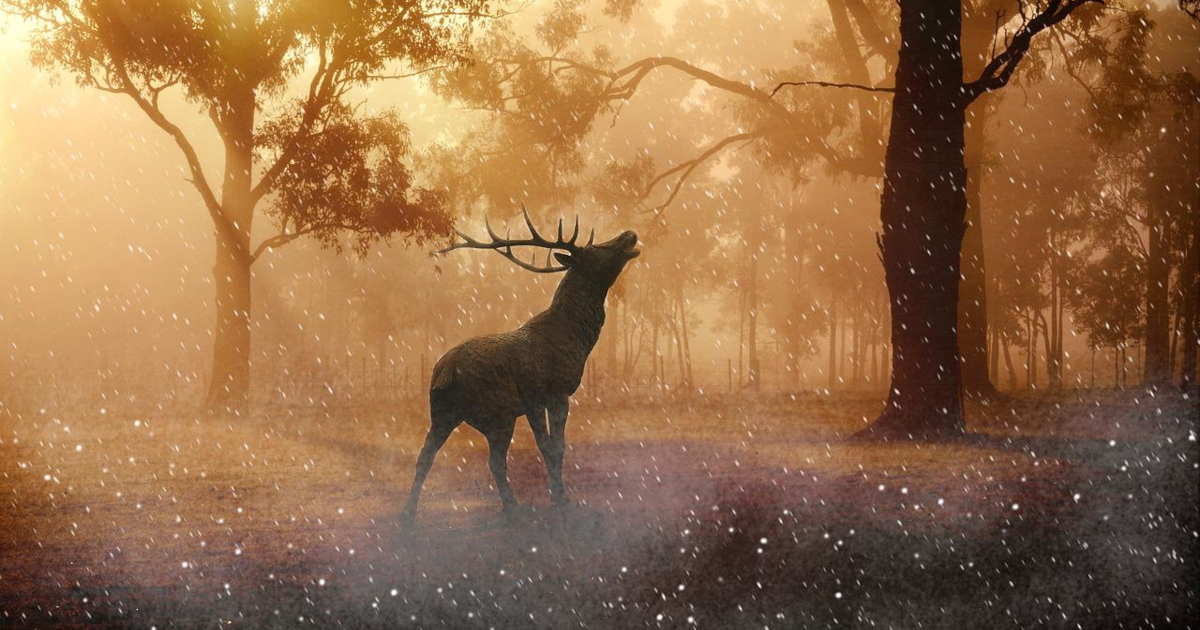
Venison Was an Important Protein Source for Food Banks. Now It May Be Too Dangerous To Eat.
In the past few years, what was once a straightforward if labor-intensive process—field dressing, transporting, and processing the meat into various cuts before freezing—has become considerably more fraught. Throughout 30 states, chronic wasting disease (CWD) is on the rise in deer-related species; trophy hunting, or captive hunt, facilities are at least partly to blame.
April 1, 2023 | Source: Civil Eats | by Lela Nargi
Every autumn since he was 12, Paul Annear has been hunting for deer on his parents’ 120 hilly, wooded acres in southwestern Wisconsin’s Driftless Area. It’s a tradition passed down from grandfather to father to son and one that he talks about reverently. “The region is full of rock outcroppings and big ridges and low-lying valleys with creeks running through, and there’s herd wildlife pretty much everywhere you turn,” Annear says.
If he’s shooting straight, Annear harvests his two allotted bucks each season—one hunted with his firearm permit and one with his bow permit. He’ll bring home about 100 pounds of venison, which will feed his family of five throughout the spring, summer, and into the fall.
In the past few years, what was once a straightforward if labor-intensive process—field dressing, transporting, and processing the meat into various cuts before freezing—has become considerably more fraught. Throughout most of Wisconsin and in 29 other states, chronic wasting disease (CWD) is on the rise in deer-related species; trophy hunting, or captive hunt, facilities are at least partly to blame.
